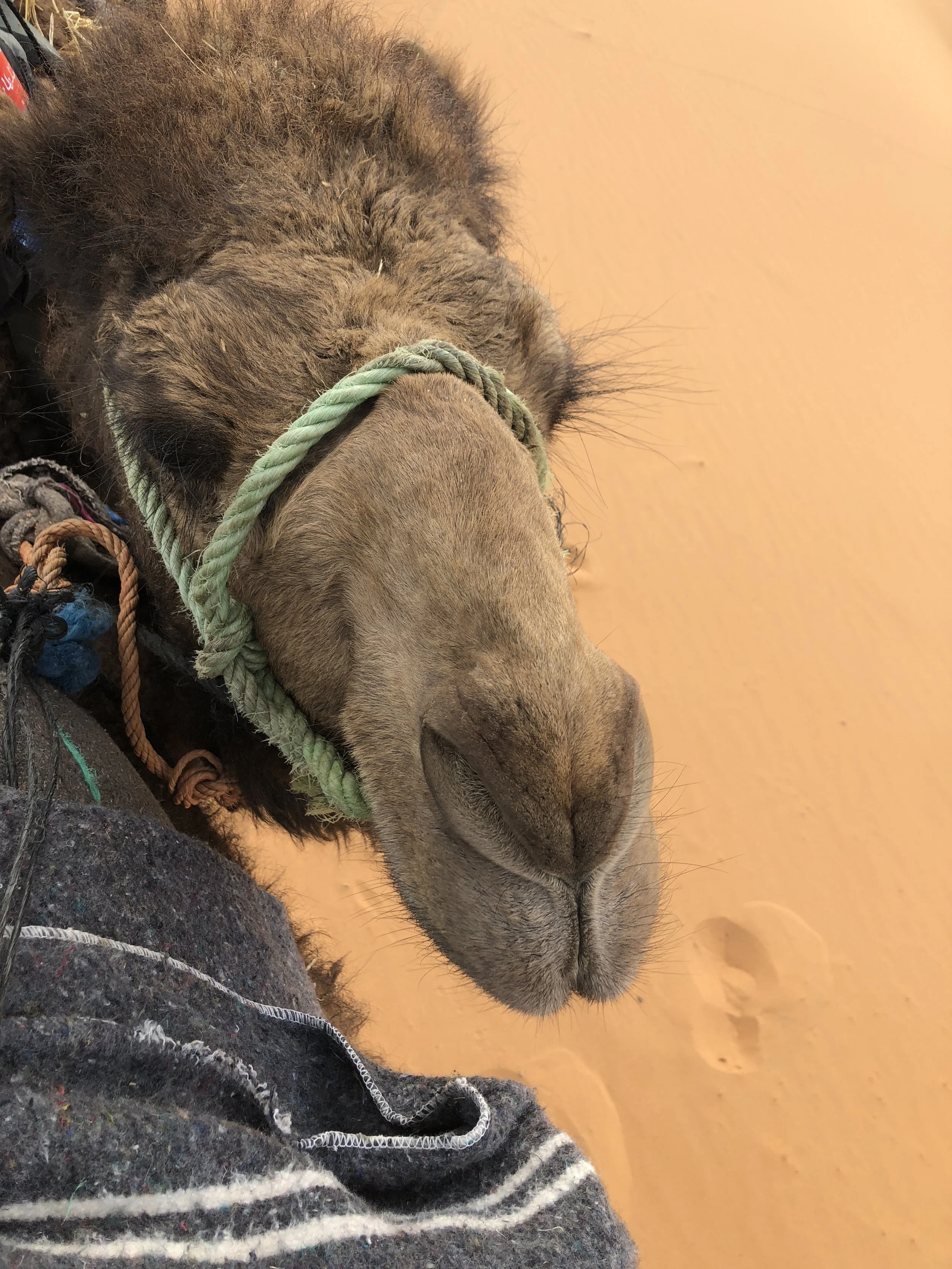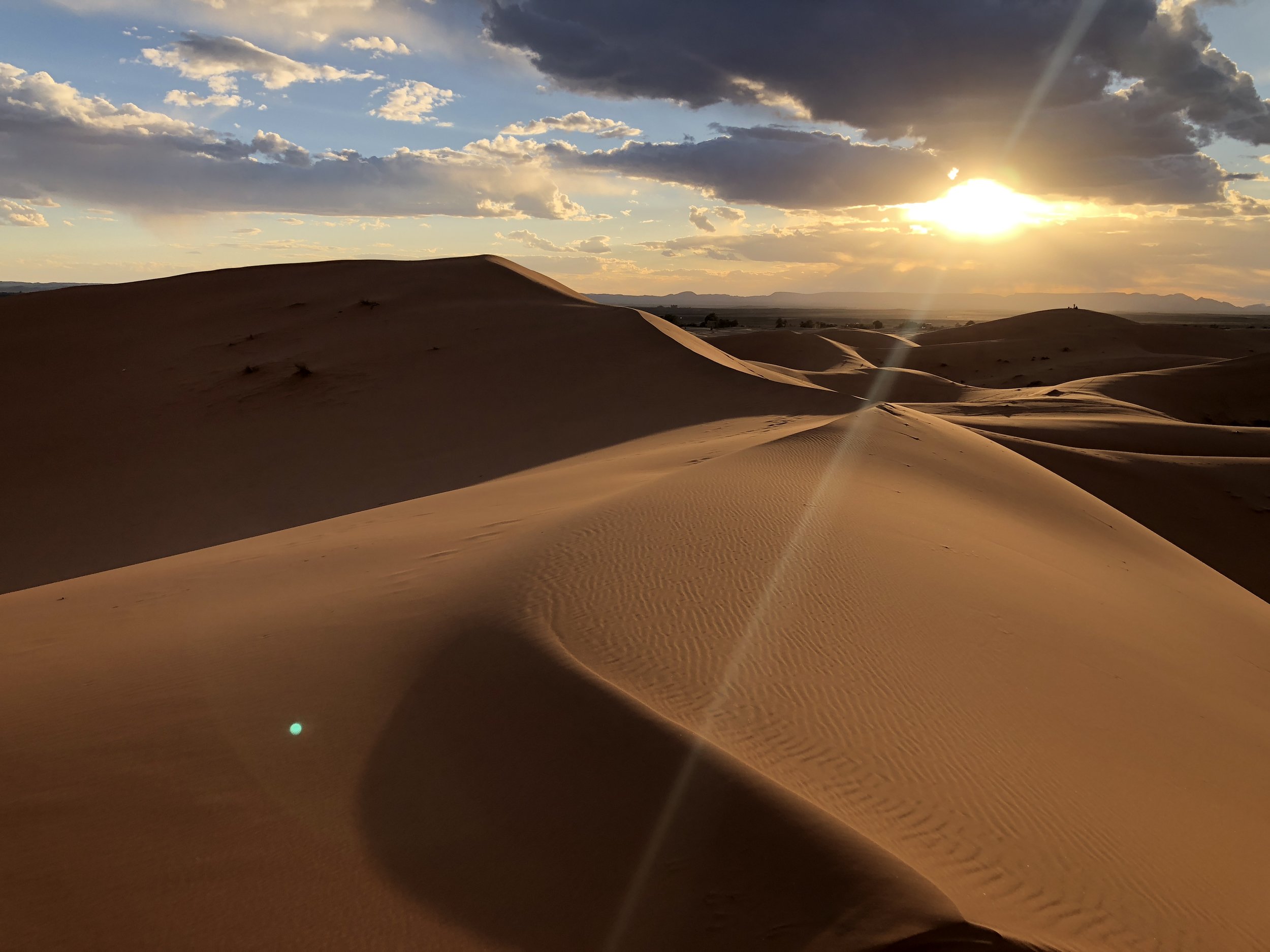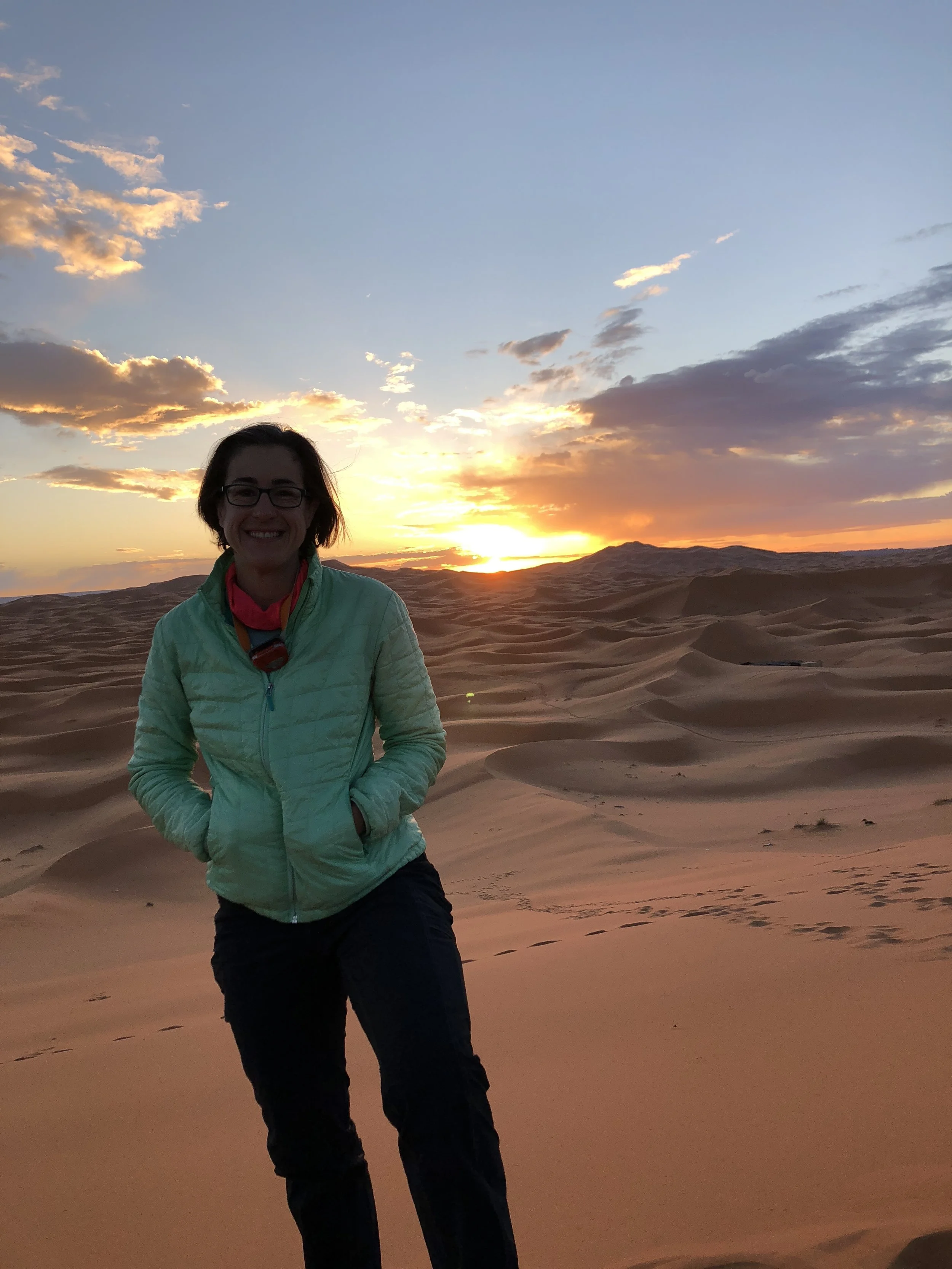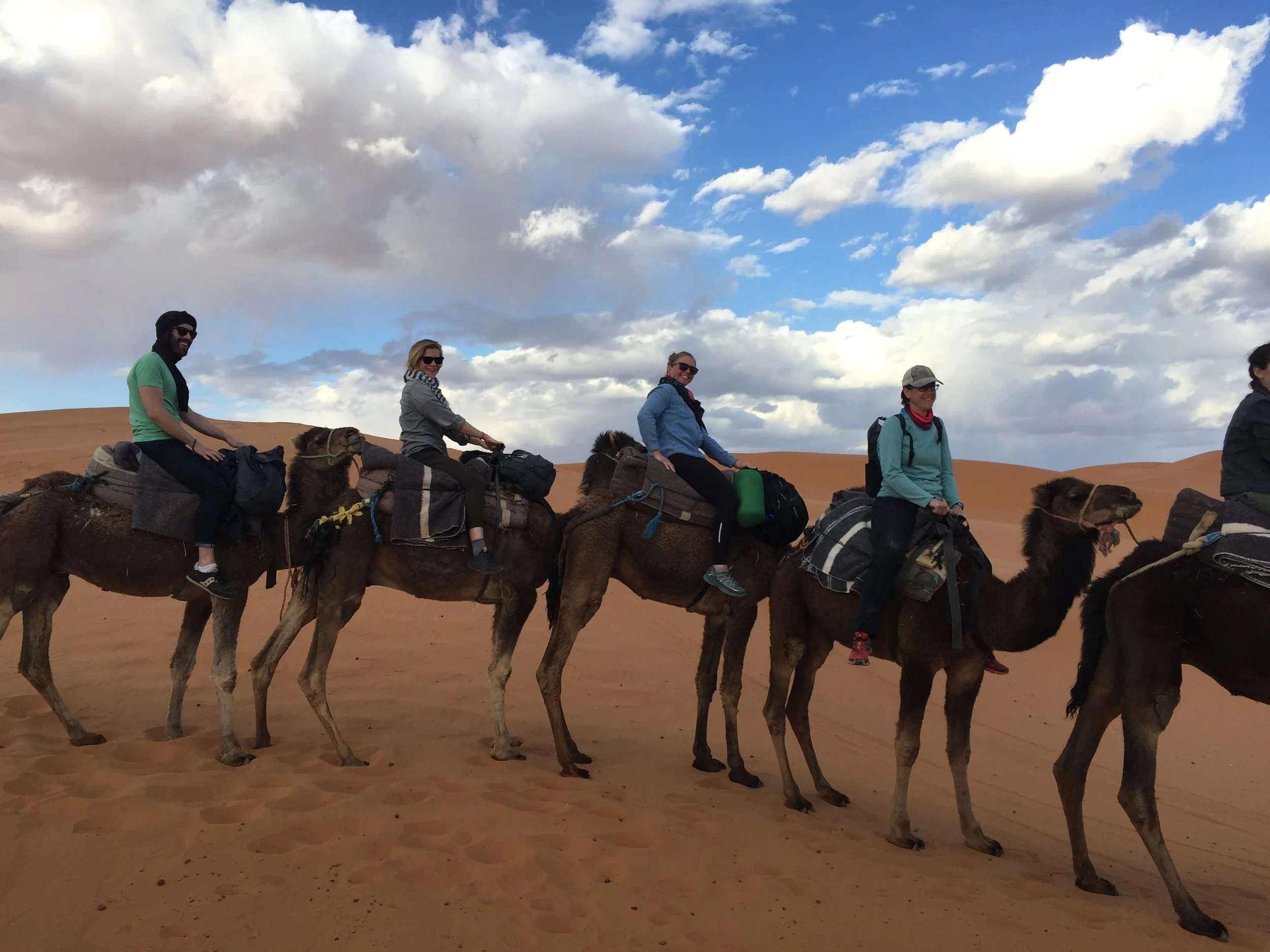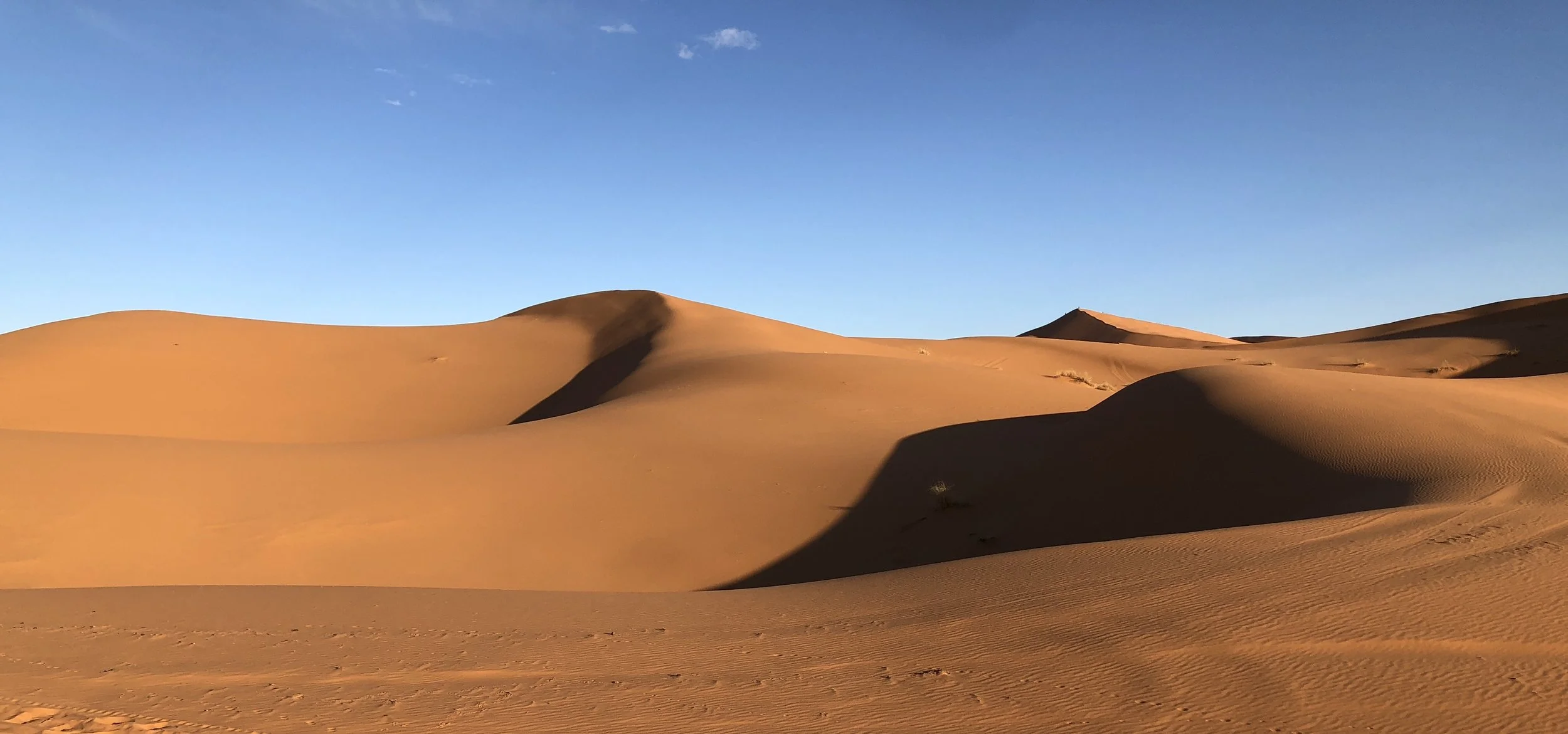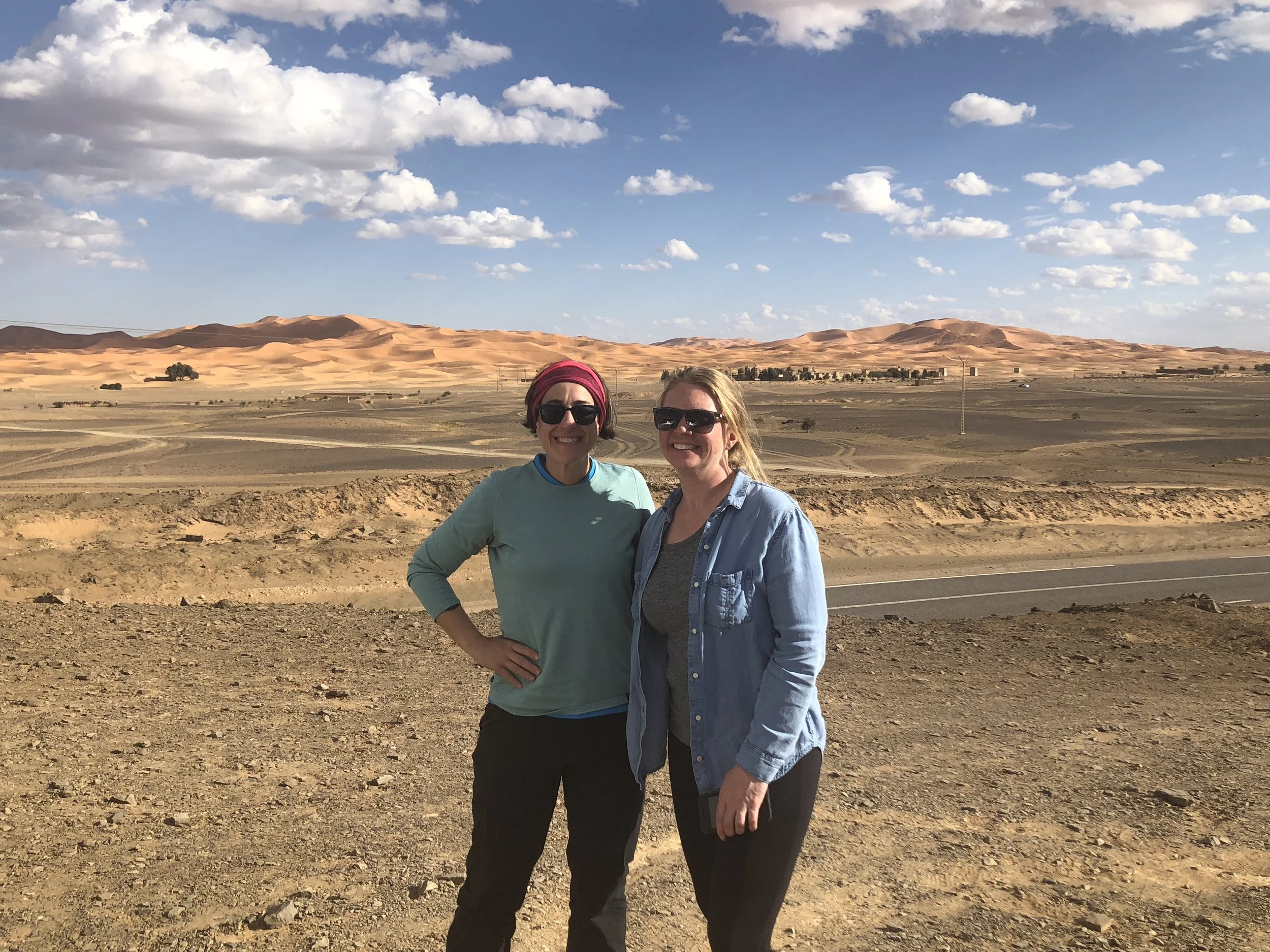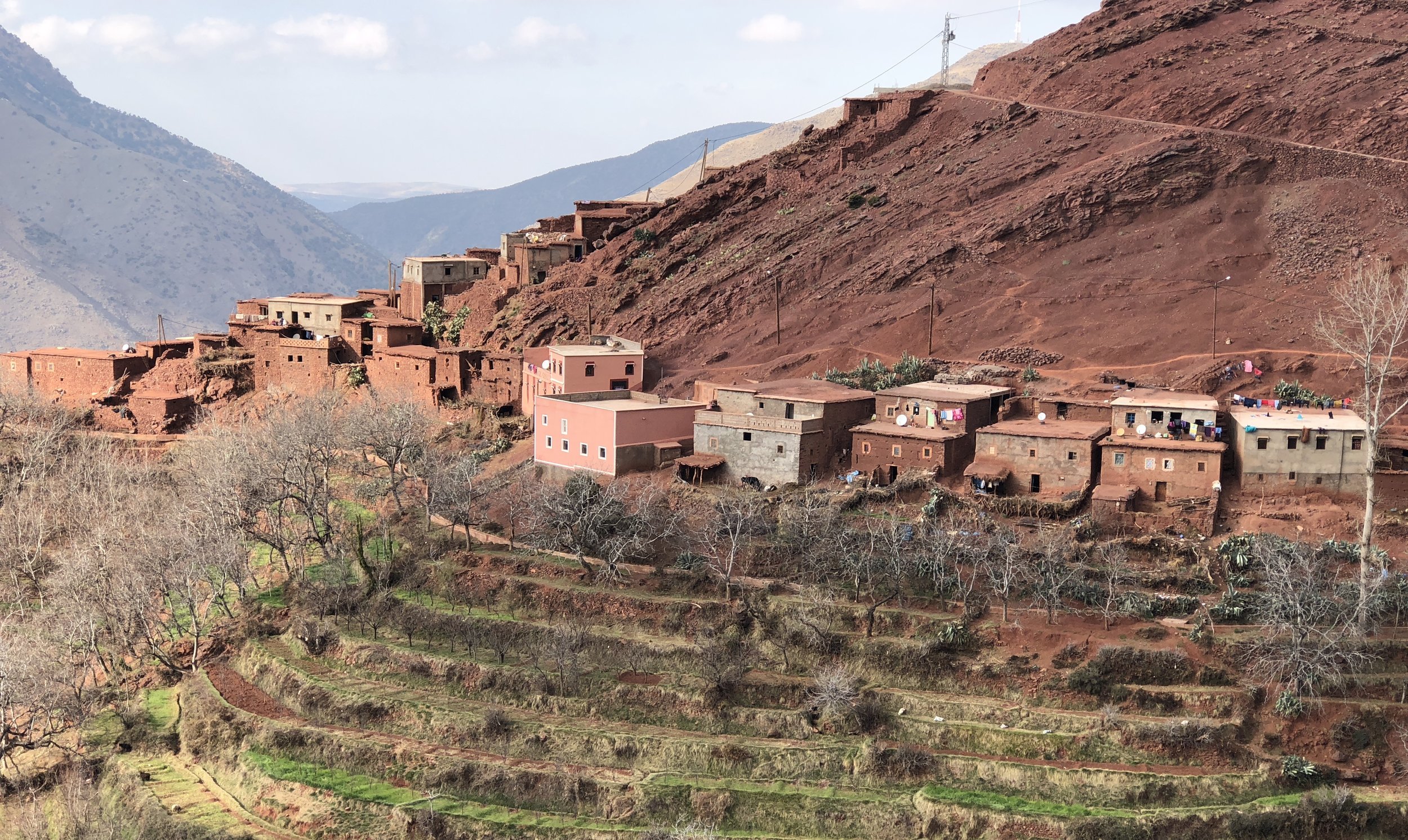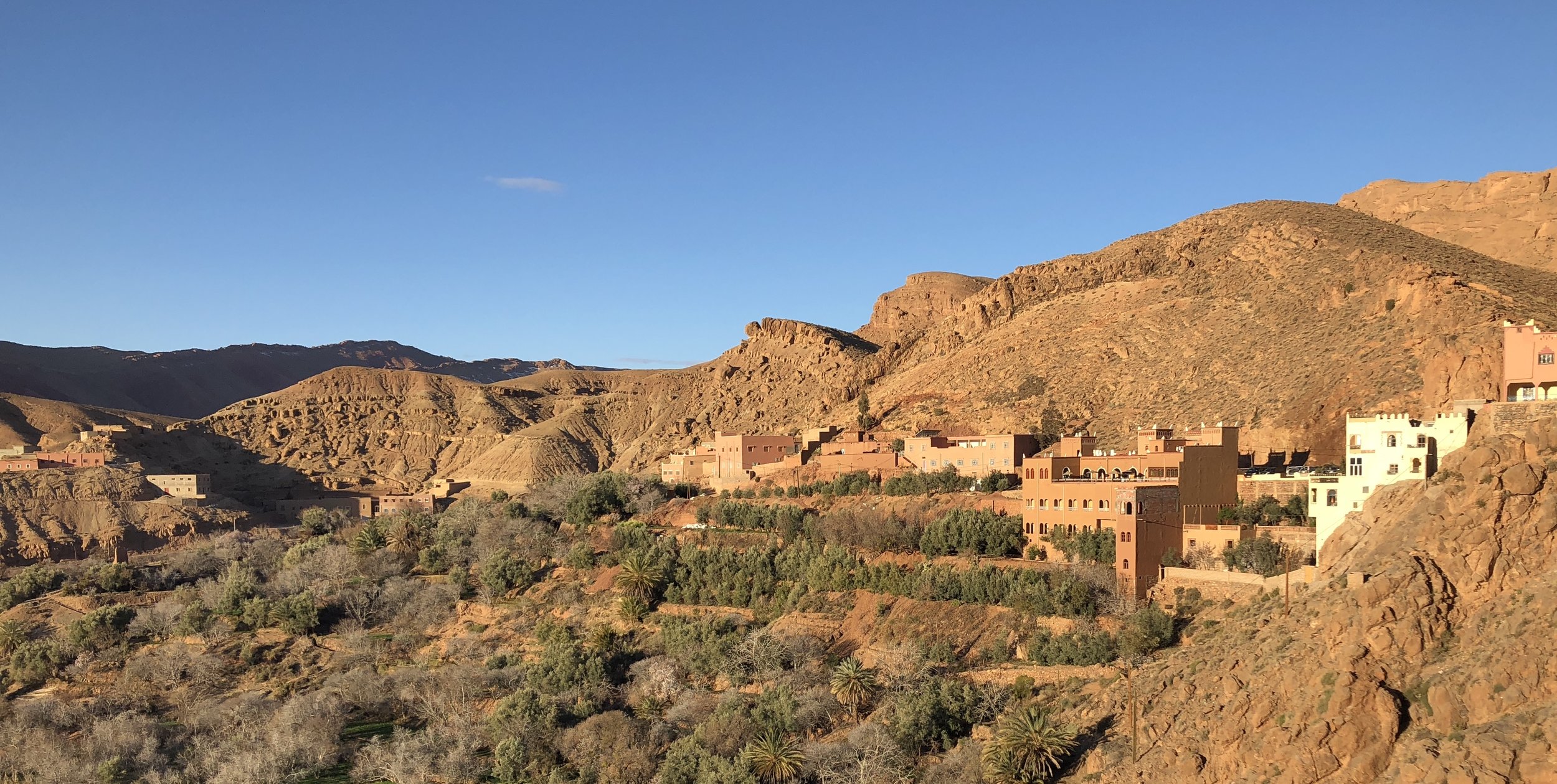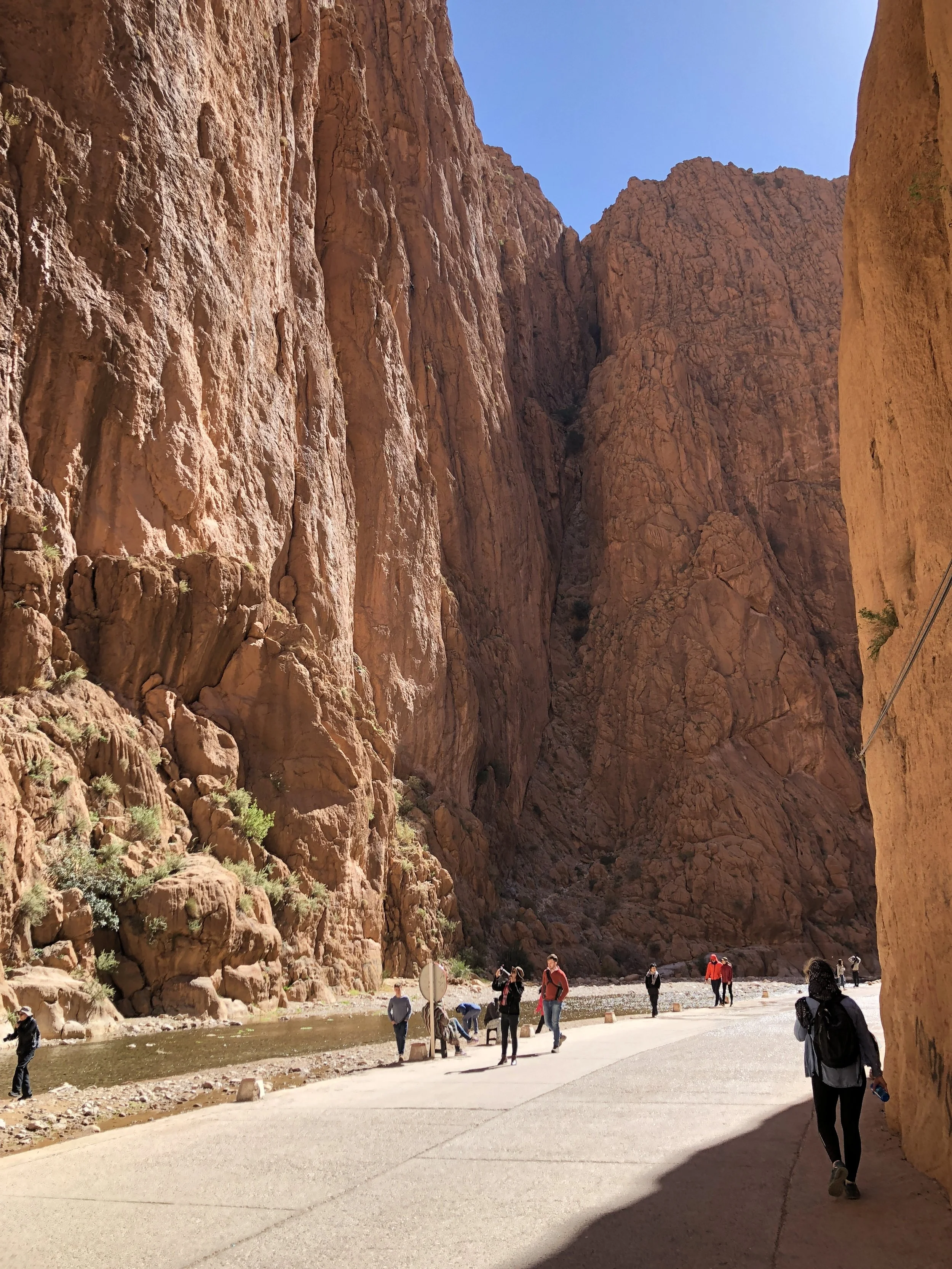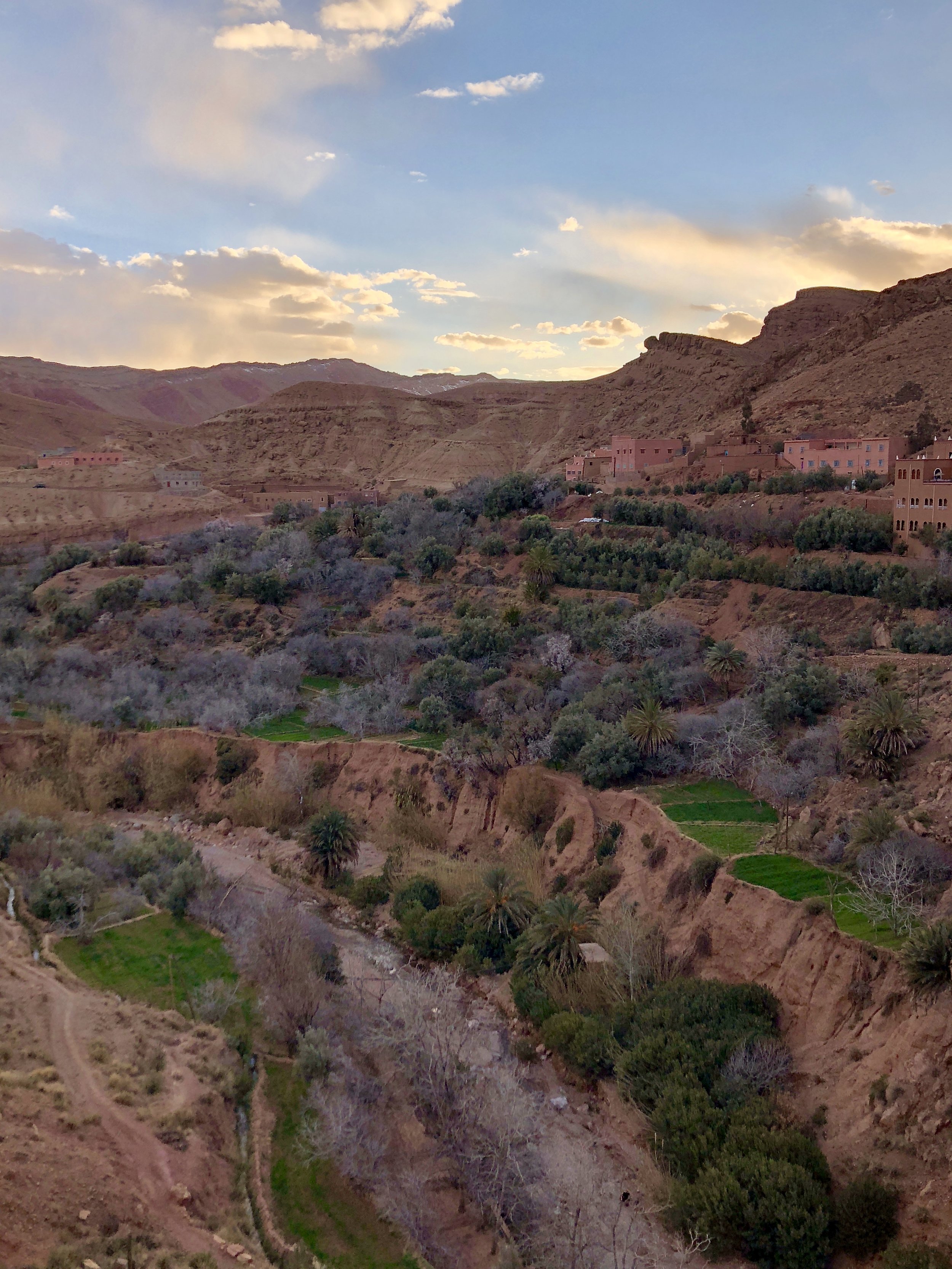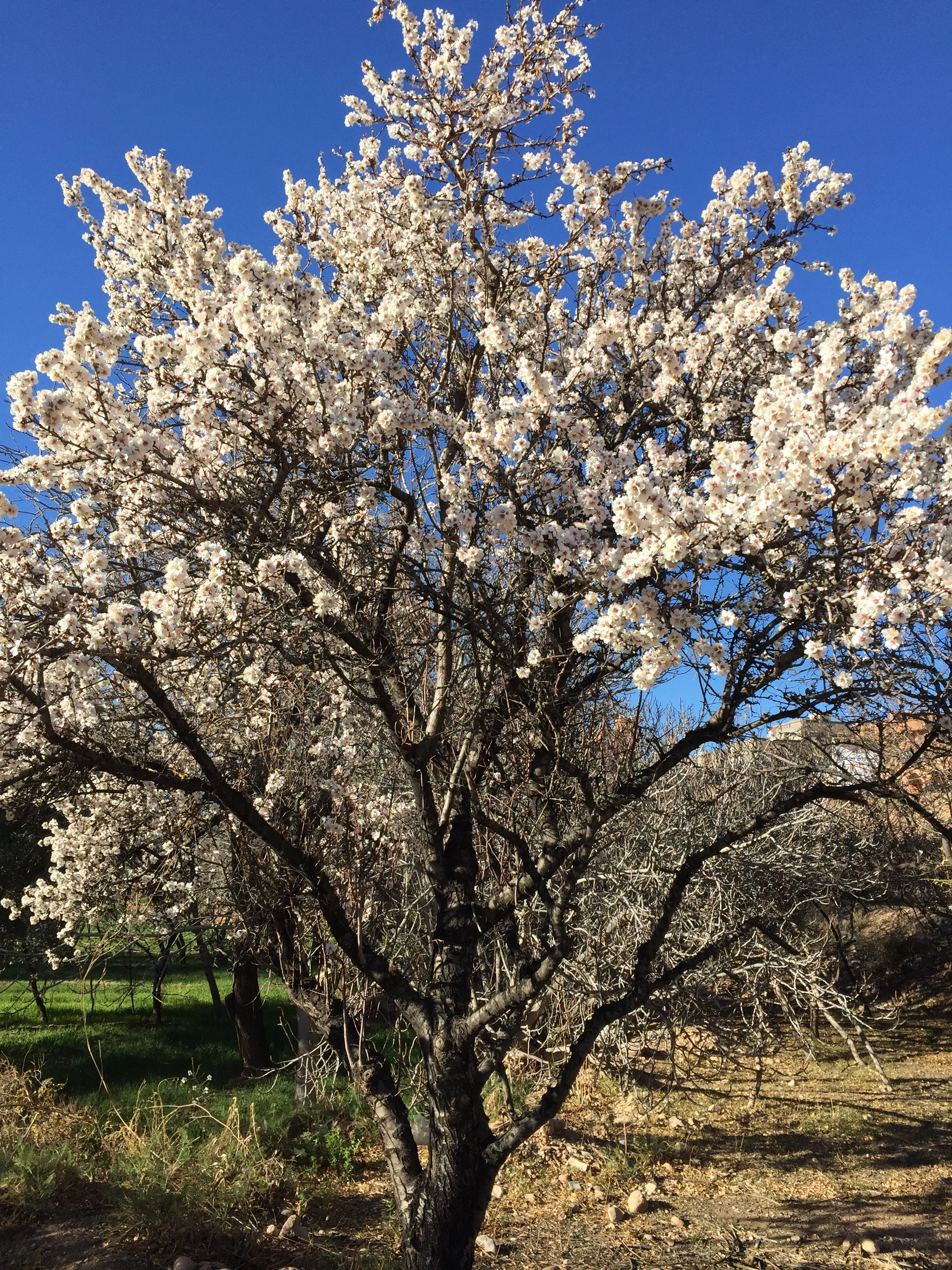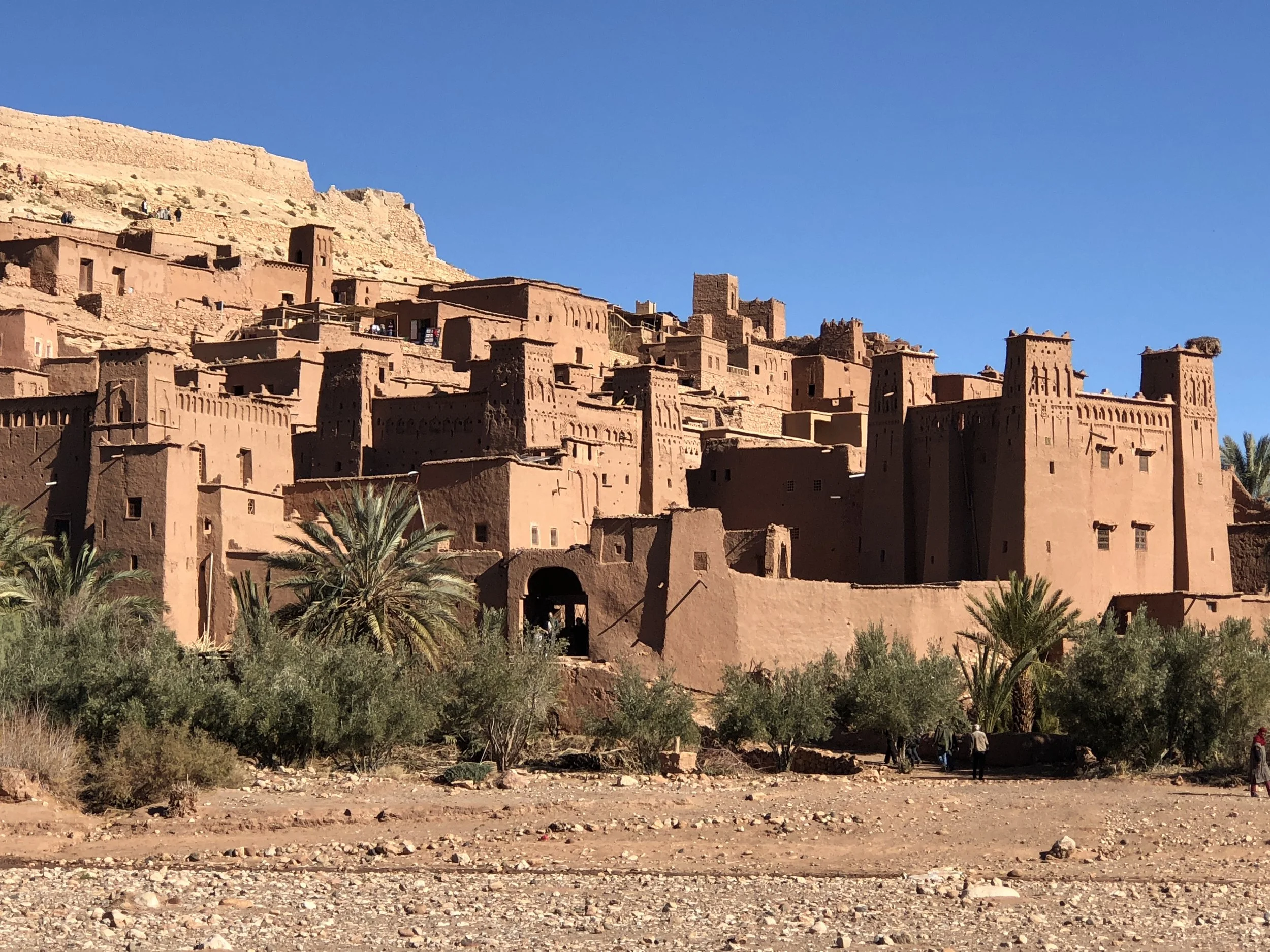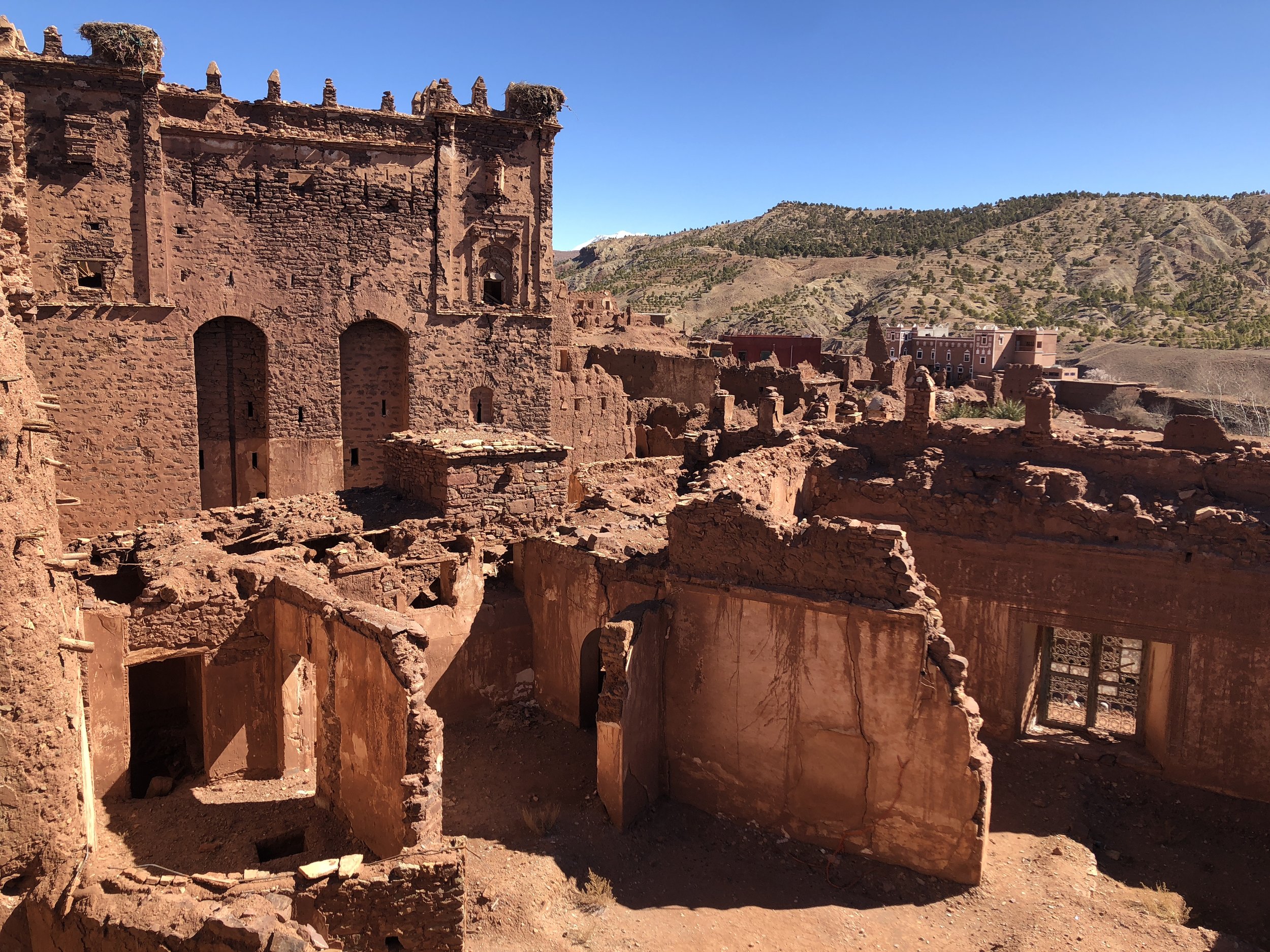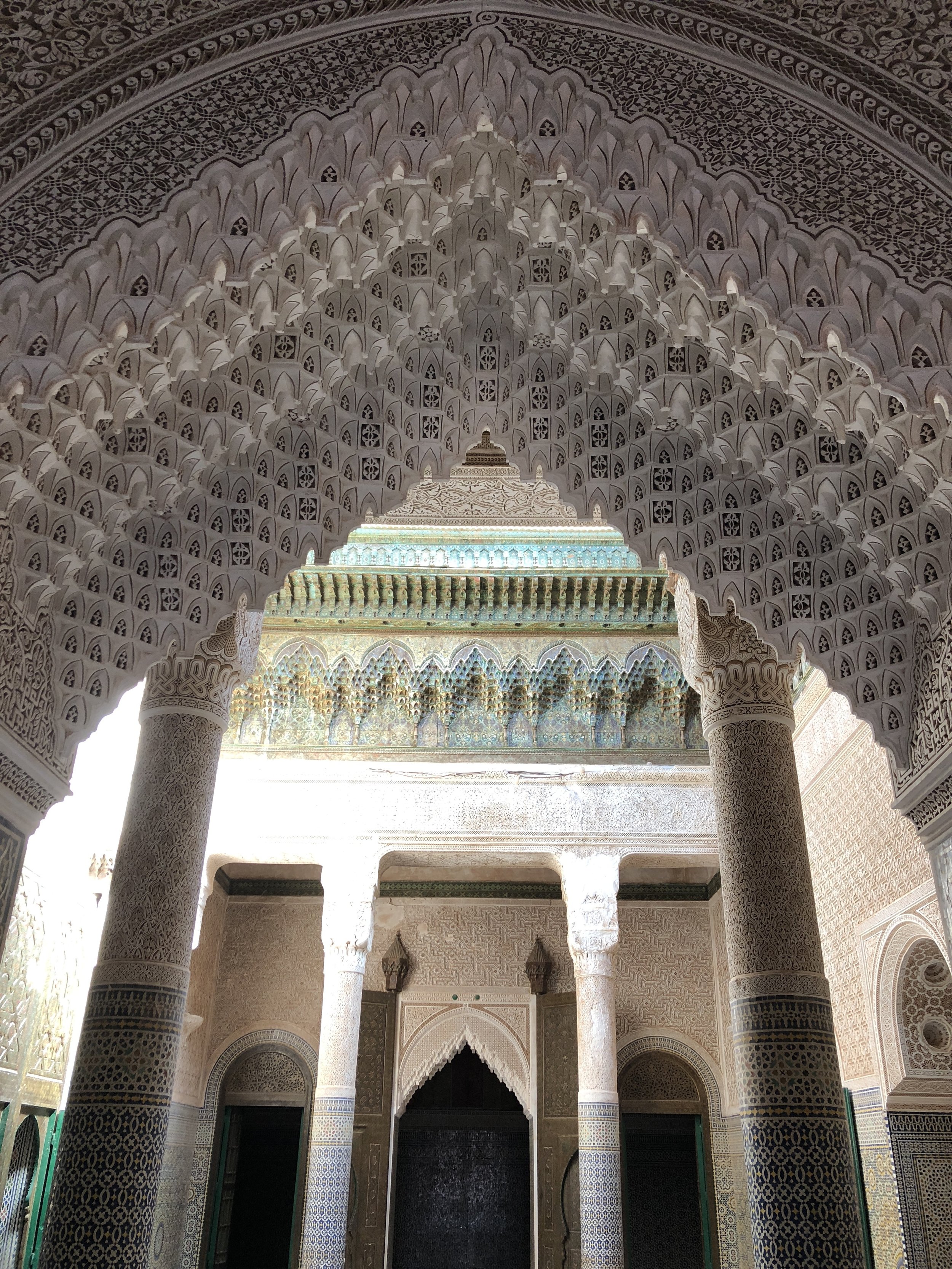There Are Three Kinds Of Camels, This Is One Of Them
The dromedary. A sturdy beast, yet gangly and deliberate in its stride. Not foul of odor but indeed a little grumpy. And you would be, too, if your job was to carry tourists across the valleys and ridges of fine Sahara sand dunes.
Dromedaries are the one-humped camels that cast an evocative silhouette. Their cousins are the Bactrian and wild Bactrian camels, both of which have two humps and one of which has a radically different hairstyle. In North Africa and the Middle East, you will find dromedaries; the other two camels make Central and East Asia their home.




Far out at the eastern edge of Morocco is the town of Merzouga, surrounded on three sides by flat expanses of desert and on one side but luminous sand dunes that look painted on the horizon. Here, we and few other tourists gathered in fine, silty sand and got our first look at the camels that would carry us over the mountains of sand to the tents we would sleep in for the night.
We stood curious, amused and uncertain as the camels shifted on their large padded feet and snorted their objections in no obvious direction. The camel handlers lined them up and looped the rope lead from one camel's neck to the saddle of the camel in front of it, creating a small camel train, and coaxed them all to sit down in the sand. Their legs folded under them in a confusion of joints that seem to bend in the opposite direction you'd expect, until they settled on their calloused haunches, bellies in the sand. Their singular humps were obscured by a saddle covered in thick piles of blankets, with one metal horn sticking out for the rider to hang onto. We each had one quick chance to swing a leg over the saddle and get in position, because the movement spurred the camel to immediately stand, bucking forwards and backwards as it lumbered to its full height.
Three Berbers watch the day’s camel preparations just after sunrise.
The guys working with the camels were Berber, wearing traditional blue Berber robes and head scarves. Several of them were from nomad families and lived as nomads through part of their childhoods. Once we were all saddled and tied together, Mustafa took the lead camel's rope in hand and starting walking away from town and straight into the dunes.
"Les dunes de sables de Merzouga" create a vast landscape of saffron-colored peaks, with the footprints of camel trains marking pathways to tiny Berber camps hidden in the dunes' valleys. Our vantage point on the landscape shifted as we rode up, over, around, and down through the dunes, sinking us low among smooth hills of sand, and popping us up high on a crisp ridge with a view to the far off horizon and the Algerian border.
There were eight of us in the camel train, Americans and western Europeans, exhibiting various degrees of nervousness. Not too far into the trek two of the camels were switched out, accused of being too tempermental. Our camels walked nose to tail, and followed each others' cues closely. Liz was riding behind me and every time we paused, her camel moved forward an extra step and nuzzled its face alongside my saddle. Such a cutie!
We didn't ride more than an hour before we arrived at a group of square-framed tents made of heavy wool blankets. They were grouped together forming a tiny encampment attached to a large dining tent. Nestled in the sand low in a valley with a dune towering above it, this was our home for the night.



At sunset, we hiked to the top of the highest nearby dune, each footfall sinking deep into the fine sand. We sat along the dune's ridge and watched the sand change colors in the waning light. One of the Americans had grabbed the beat up vintage snowboard from the Berber camp and we took turns "sledding" down the sand dune. Totally undignified and very fun way to fill your clothes with sand.
After a tajine dinner, everyone in the camp gathered at the fire pit and our Berber hosts sang and played goatskin drums and krakebs, iron castanets. A small group of us hiked back up to the top of the dune to take in the stars on a night that defied the warning that the desert would be very cold after sunset.
And in the morning, one more hike up our neighborhood dune! Sunrise was beautiful and quiet. We sat on the sandy ridgeline watching the colors of the sand shift and glow as the sun grew brighter and cast sharper shadows.
We are tourists and we wanted to ride camels. For sure, that is exactly the experience we got - tourists riding camels. But even still, watching these fabulous, funny animals up close was a treat, and peaceful hours contemplating the endless stretch of sand dunes was time well spent.
Americans! On camels!
[February 20-21, 2018]




